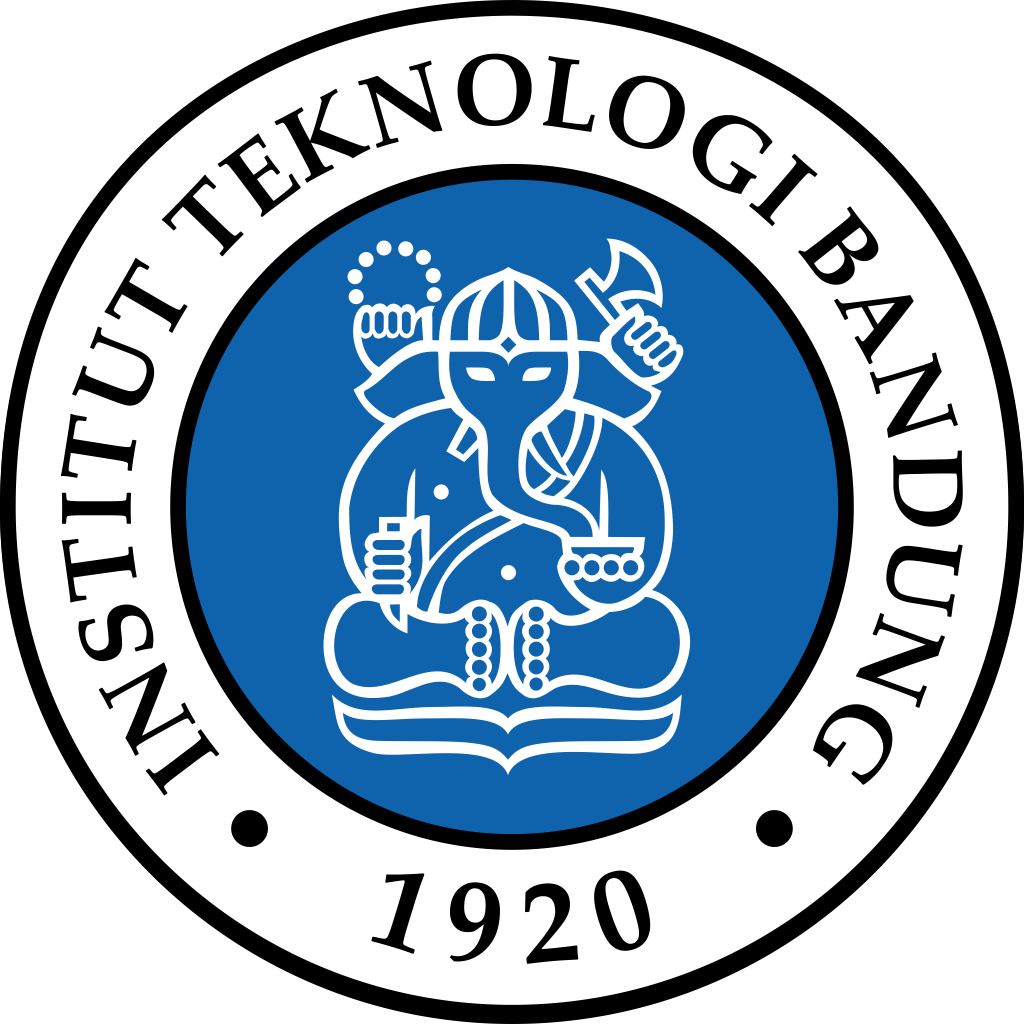Authors: Retno Gumilang Dewi1,2*, Rias Parinderati1, Iwan Hendrawan1, M. Wisnu B. Dewantoro1 and Wira Dharma Bayuwega1
Modelling is used to provide an outlook and evaluate scenarios related to energy efficiency potentials from end-user in various sectors including industrial sectors. The modelling tools used ExSS (Extended Snap Shot) and GAMS (General Algebraic Modelling System) as solver. Three scenarios were developed to envision Indonesia paths in energy savings potentials, namely business as usual (BaU or baseline) and two counter measure scenarios (CM 1 and CM2). Base year was set to year 2010, in line with NDC scenarios and projection. In the baseline scenario, it is assumed that in the future years (after 2010) there were no increase in renewable energy utilisation and rise in electricity demands would be provided by coal and natural gas fired power plants. The economic structures that were incorporated in the model for the target year 2030, was assumed to be have the same value as that of 2010’s. Accordingly, structures of energy demand in end-user sectors would not change from 2010. There would be no changes in share of transportation modes. Similarly of efficiency of equipment in household, commercial and industrial sector were also indifferent to that of the 2010 values. CM1 was developed to envision the development path to achieve energy savings through the implementation of more efficient energy technology in end-user. More efficient equipment or best available technology (BAT) were expected to be implemented in various sectors, however the penetration in industry was still 5% less than other sectors (household, commercial and transportation). At this rate, BAT penetration for household, commercial and transportation sectors could reach as high as 20%. CM2 was set to be more advanced in implementing the BAT. As much as 10% increased in BAT penetration was projected to be realised in each of end use sector, i.e., household, commercial and transportation. Although, the BAT penetration in industry sector was still 5% less than others, the BAT could rise up to 25% for industry and 30% for non-industrial sectors. Parallel with this measure, biofuel demands would also increase to 10% by force of strictly implementing regulation. Baseline scenario estimates of the total final energy demand has increased by 2.5 times, from 143,747 ktoe in 2010 to 364,627 ktoe in 2030. The associated GHG emission from the related energy consumption in 2030 was estimated to be around 1,642,009 Gg CO2e, which was higher by almost 4 times the GHG emission level in 2010 (416,530 Gg CO2e).
